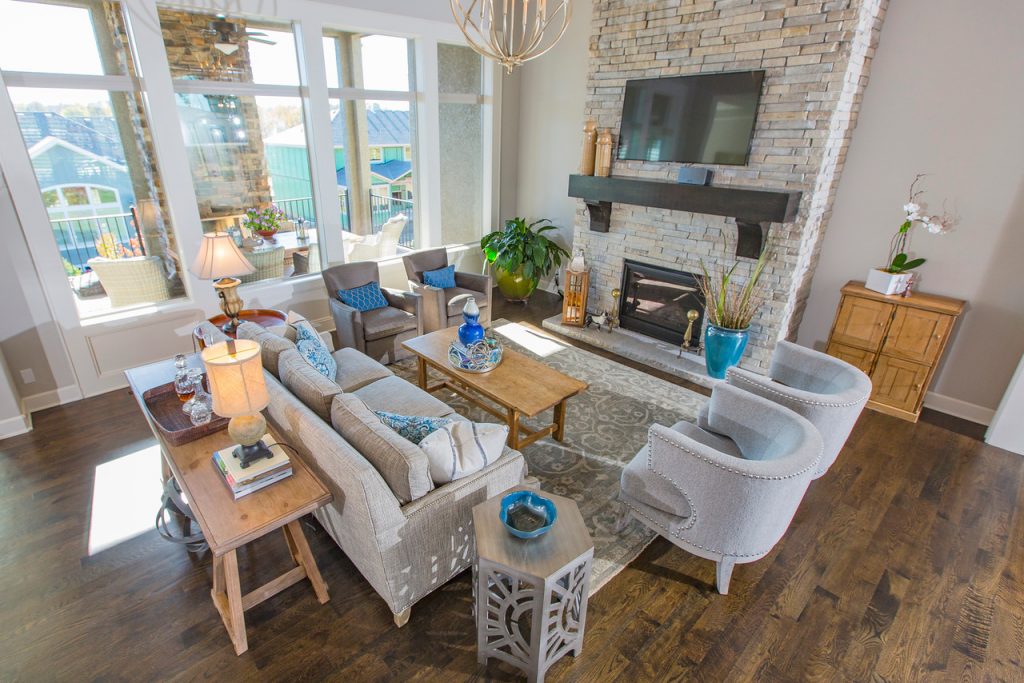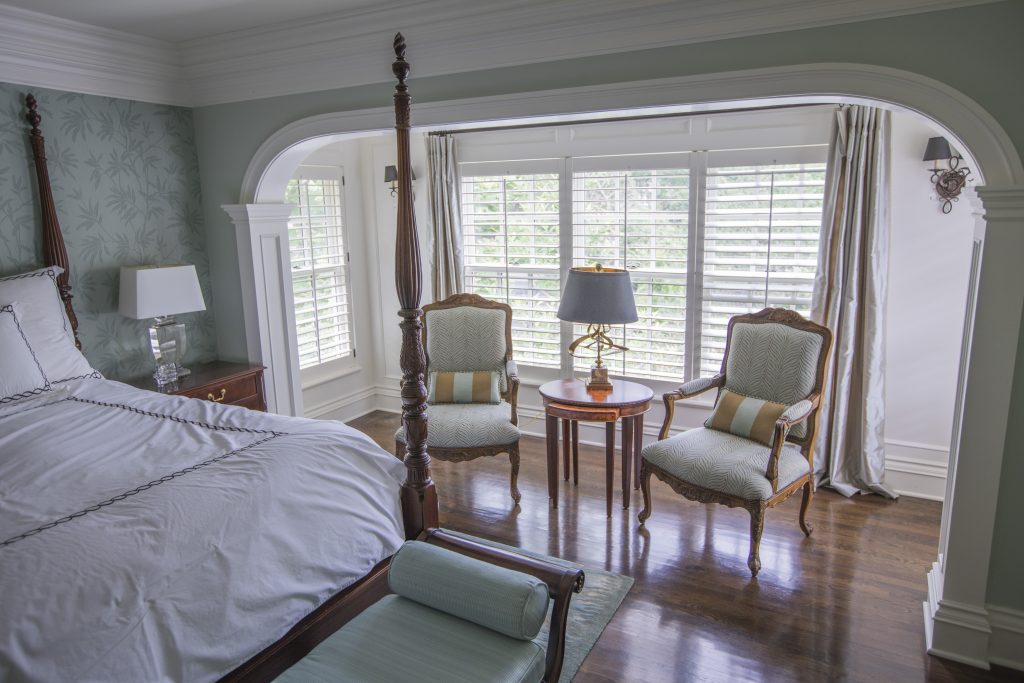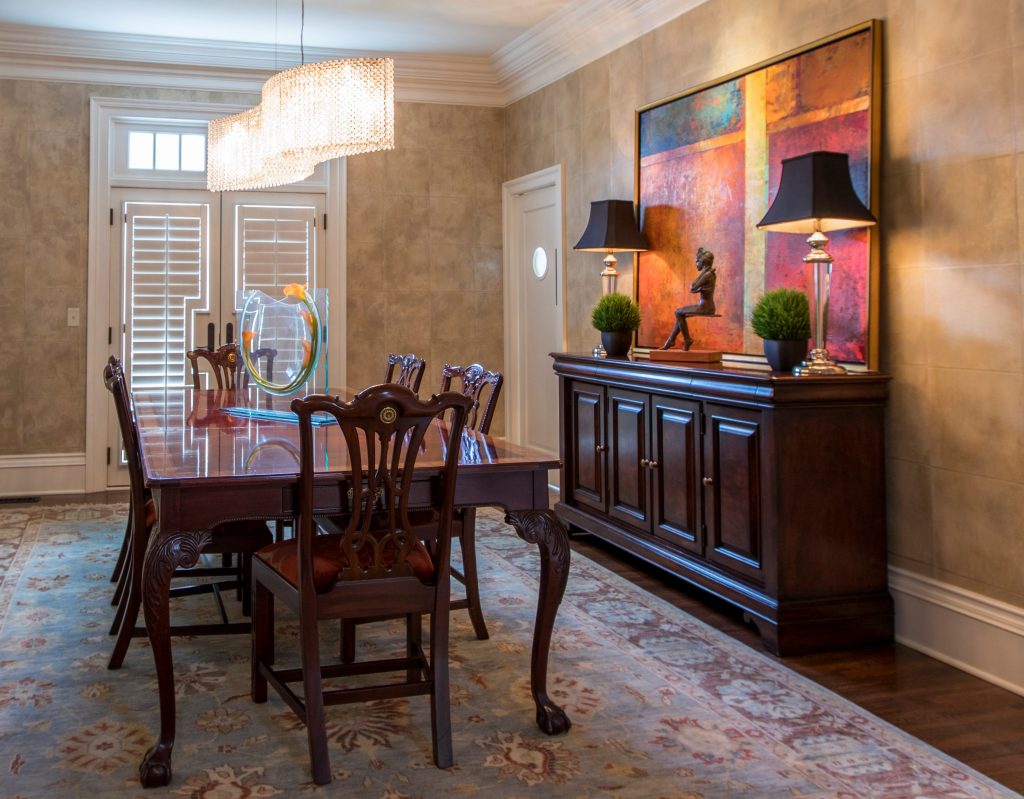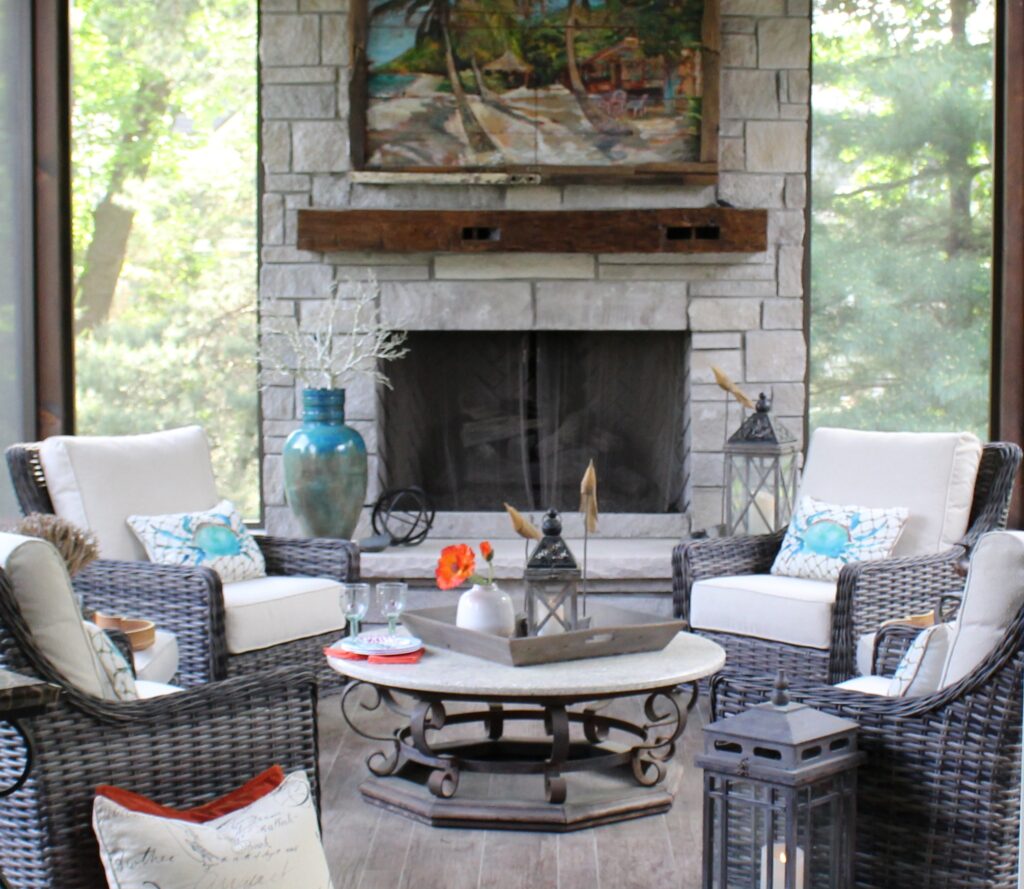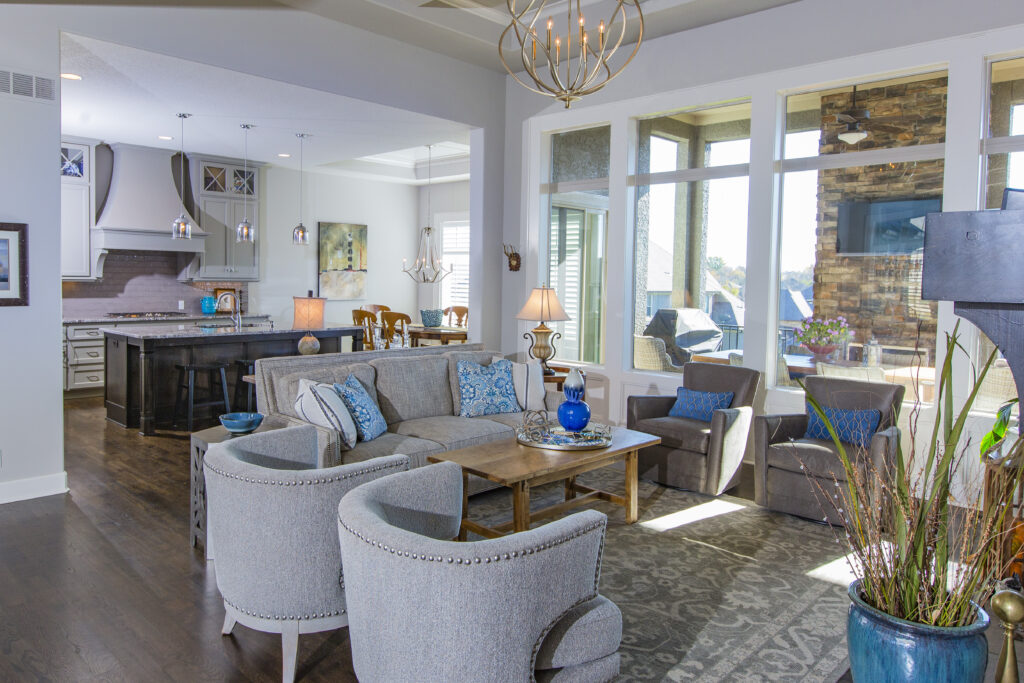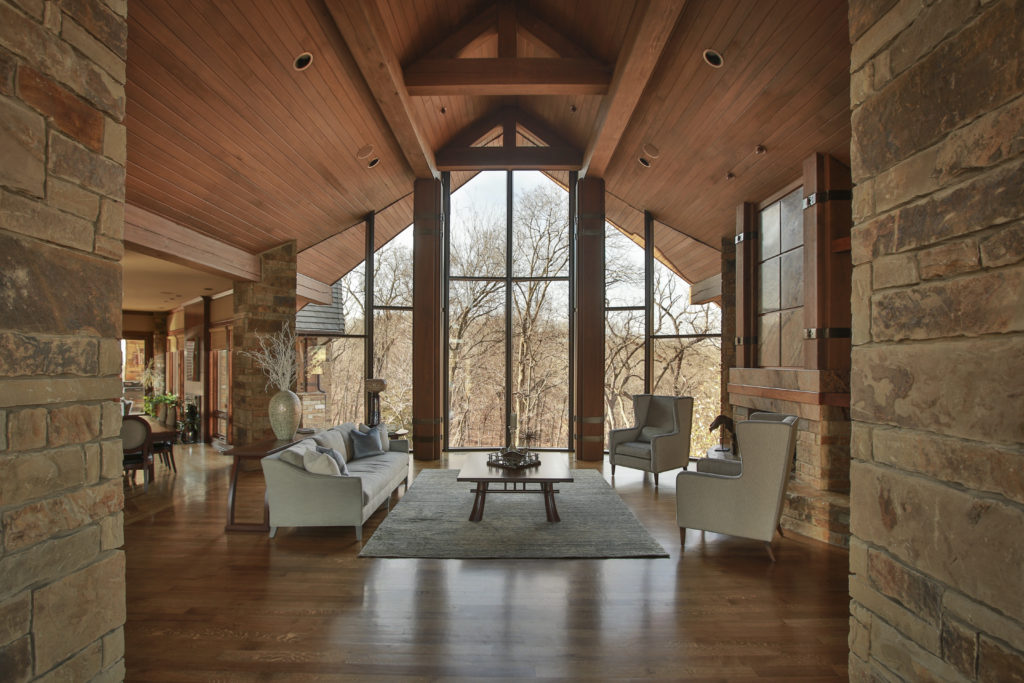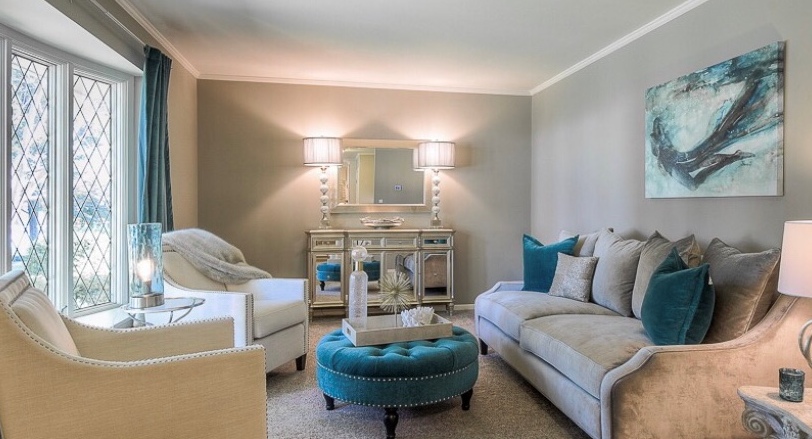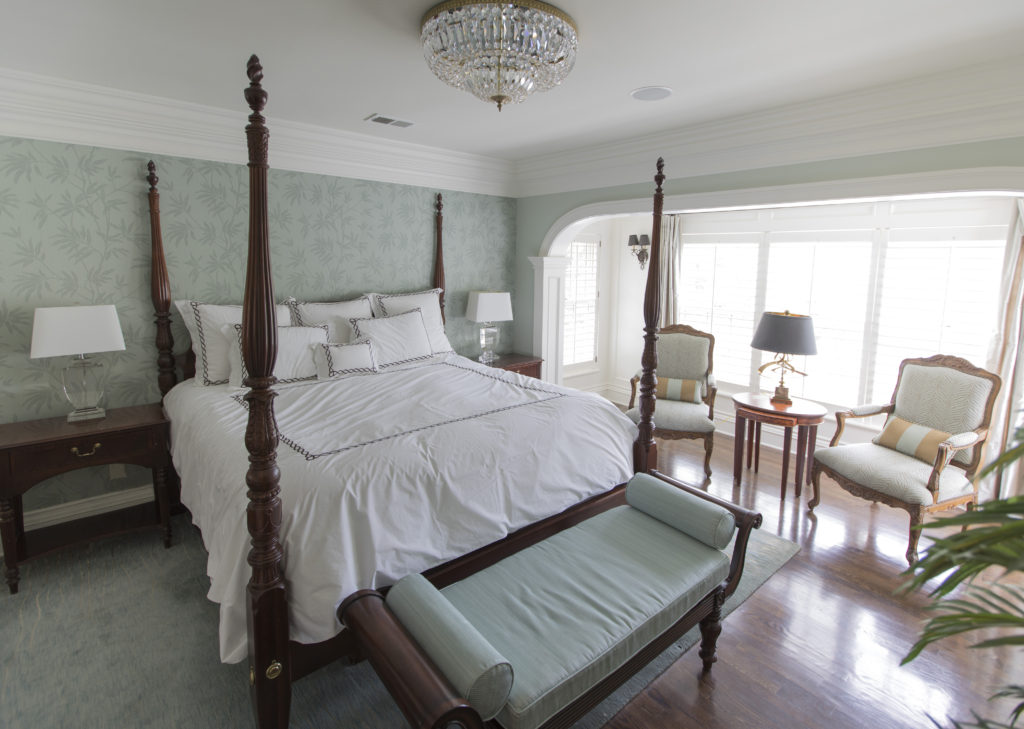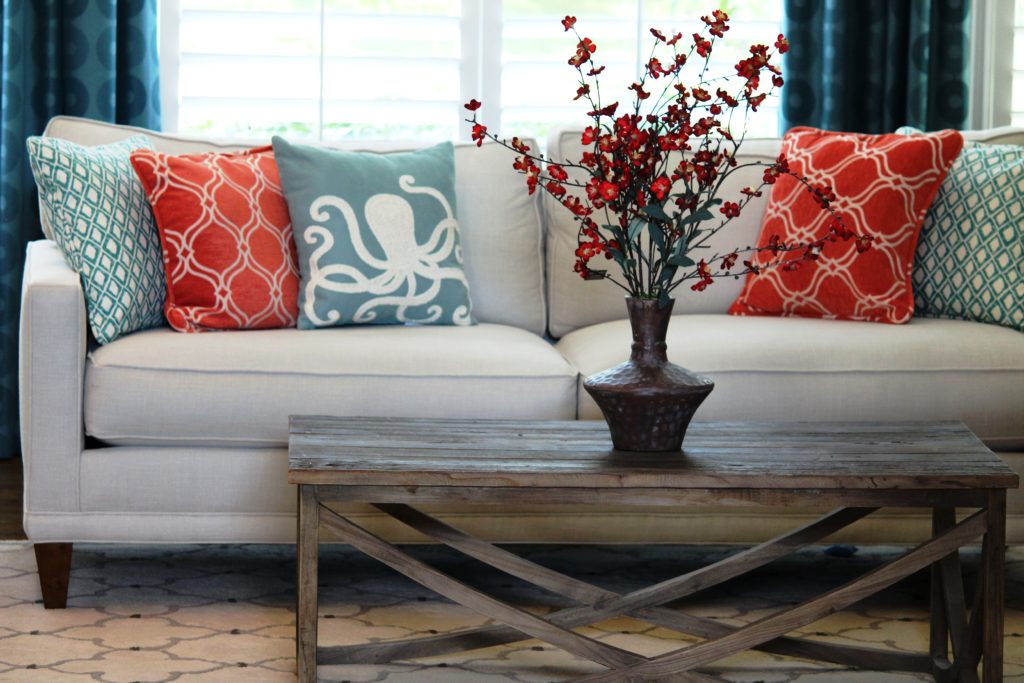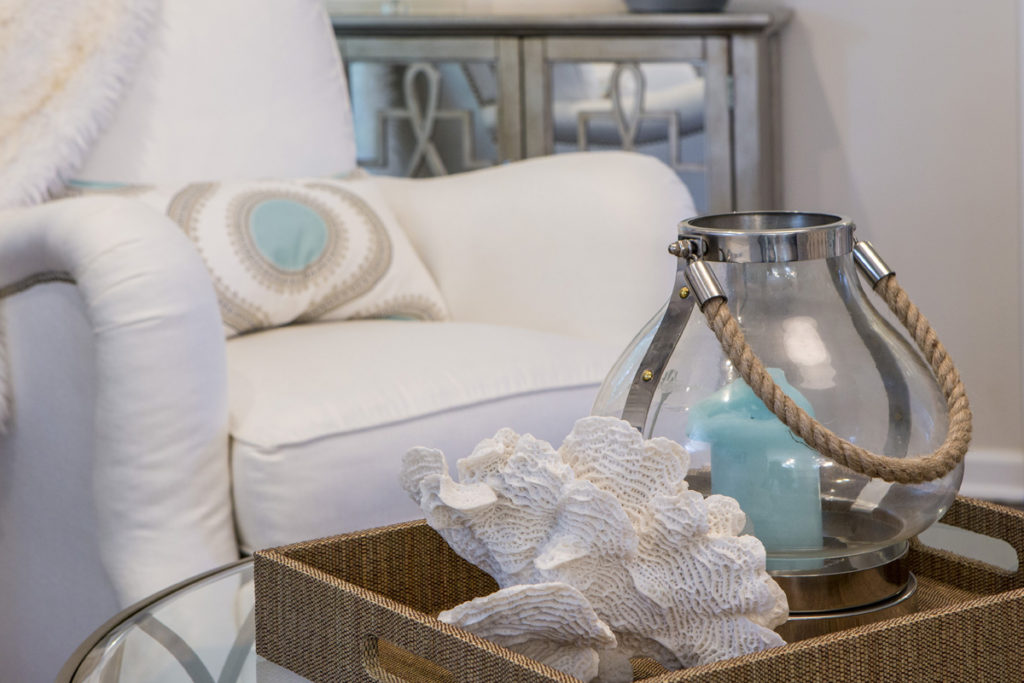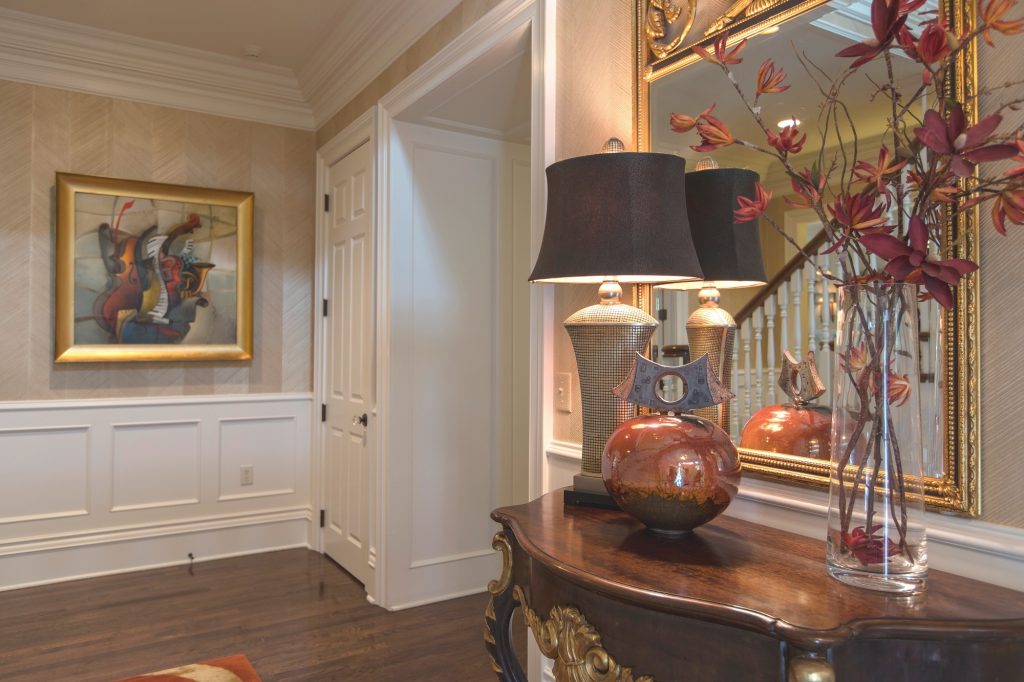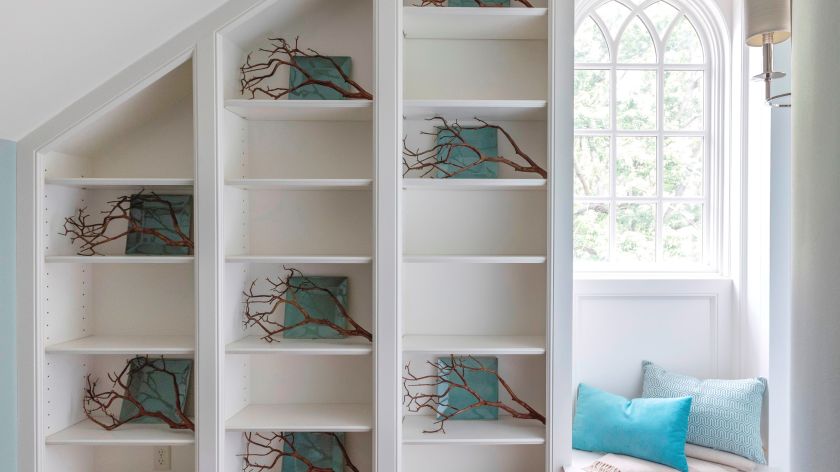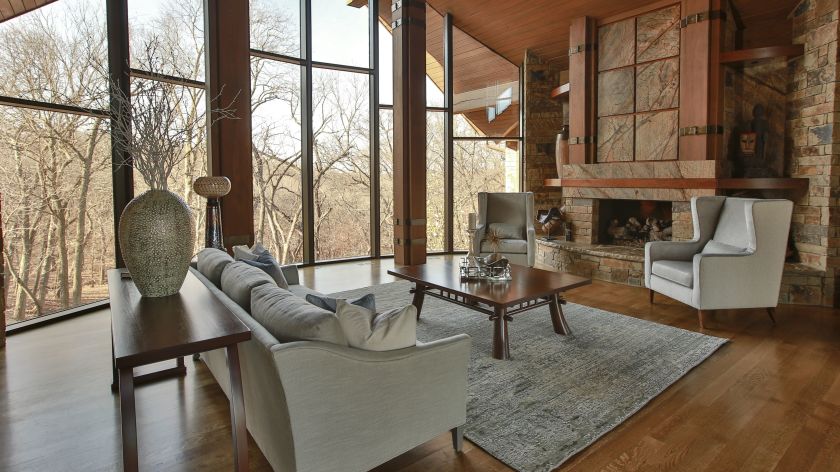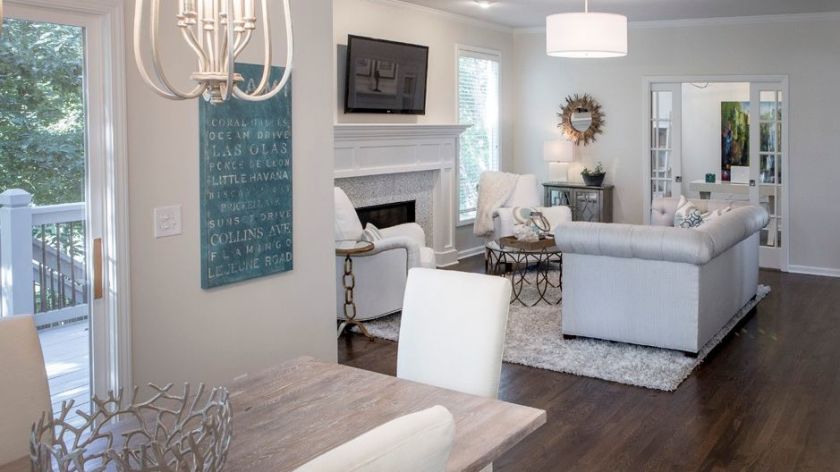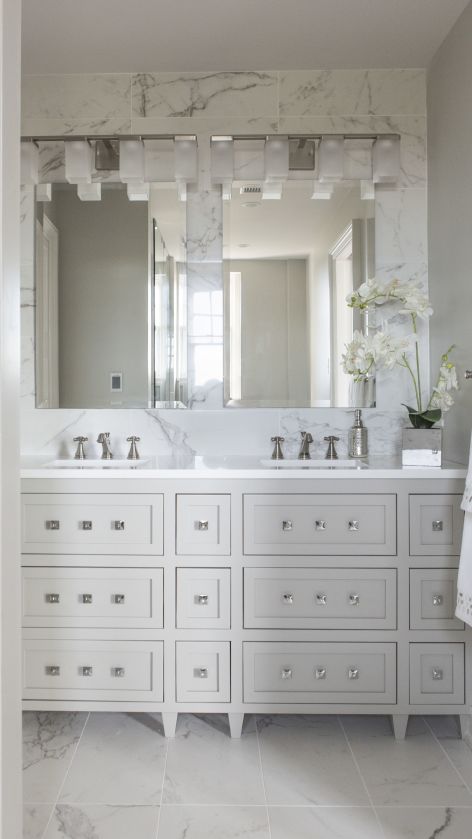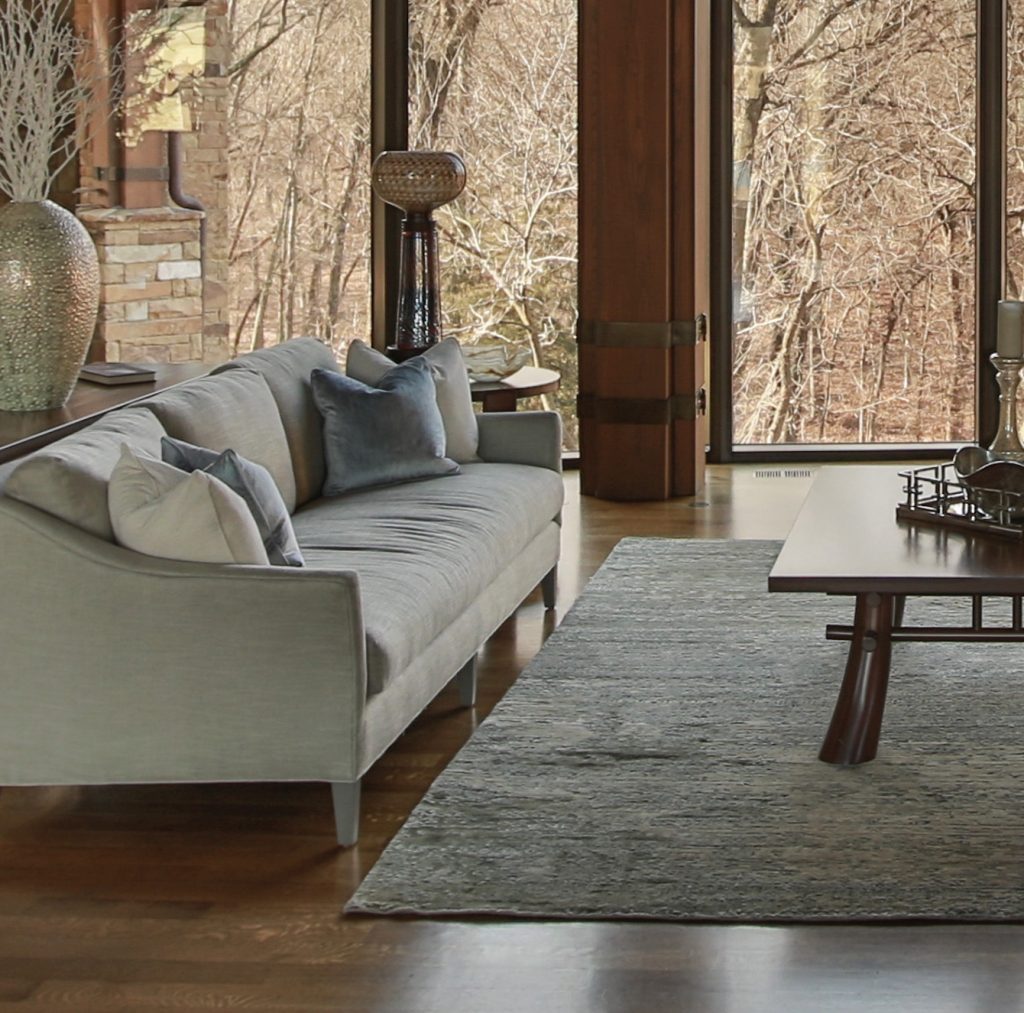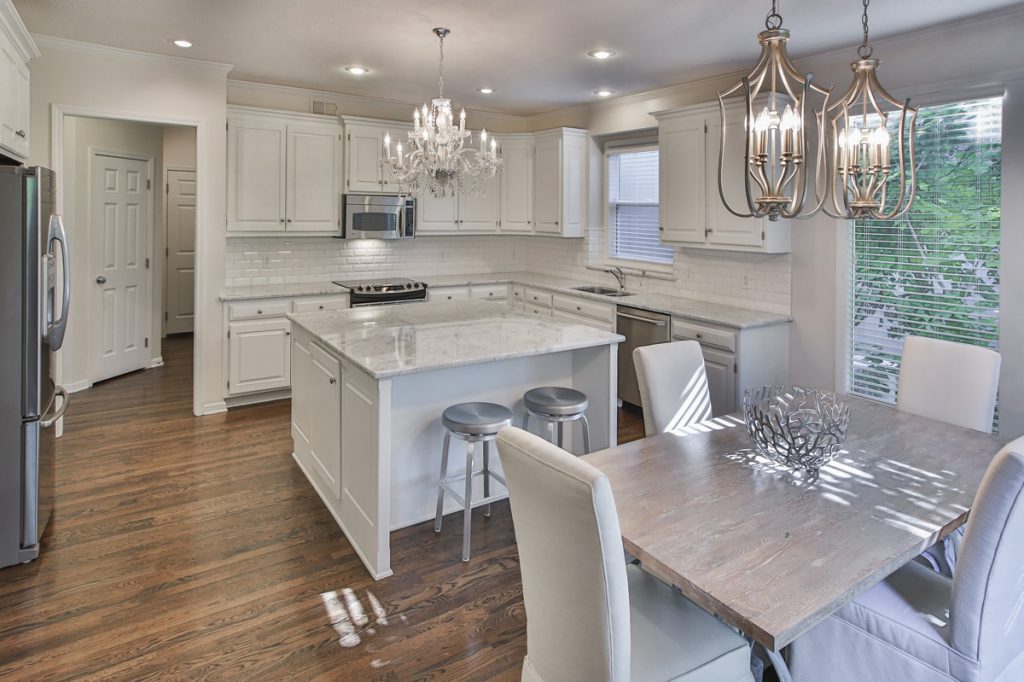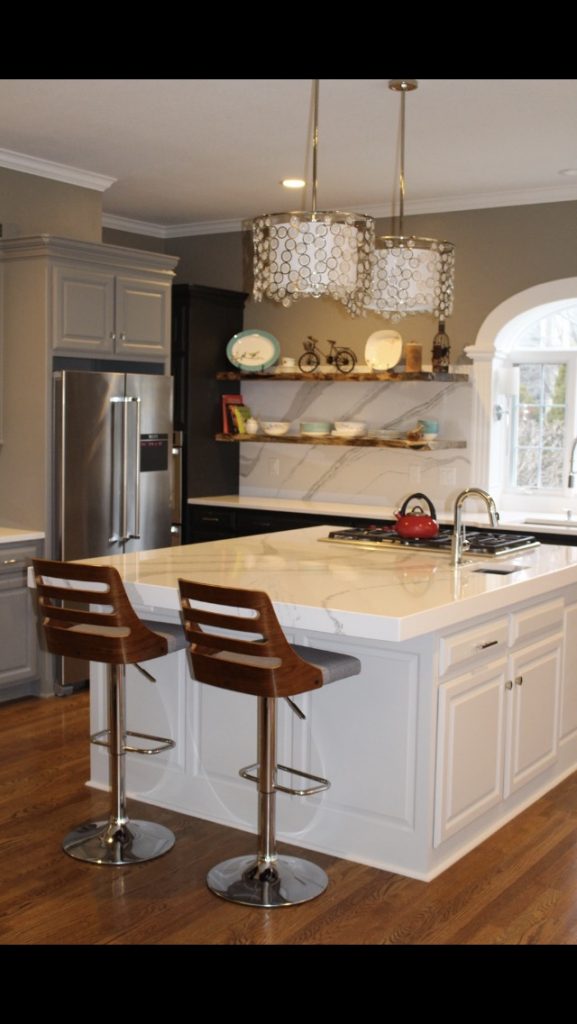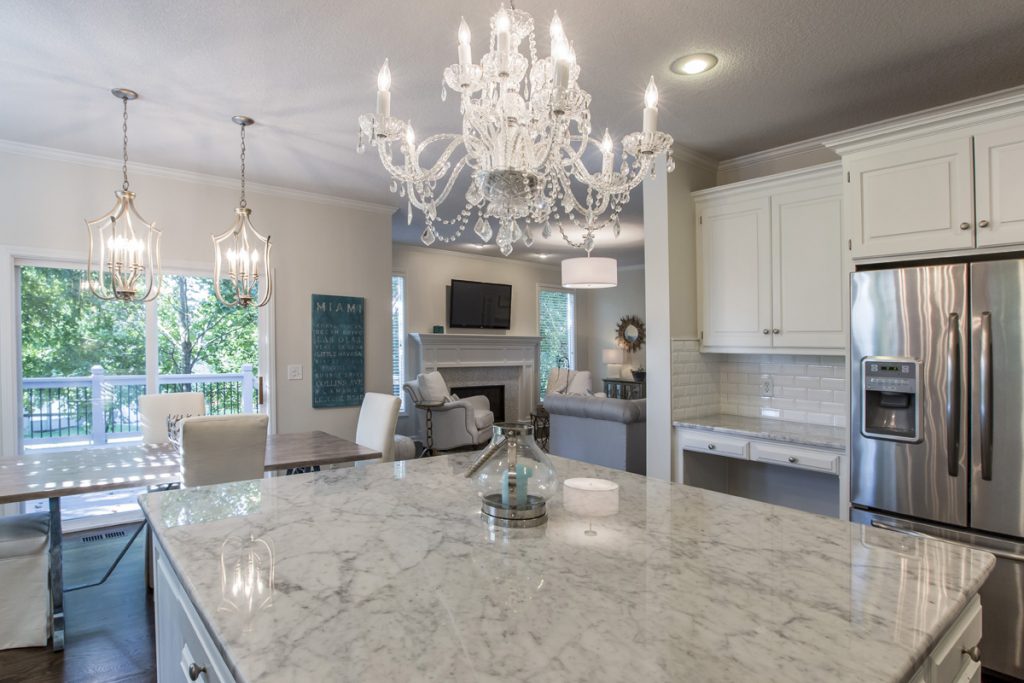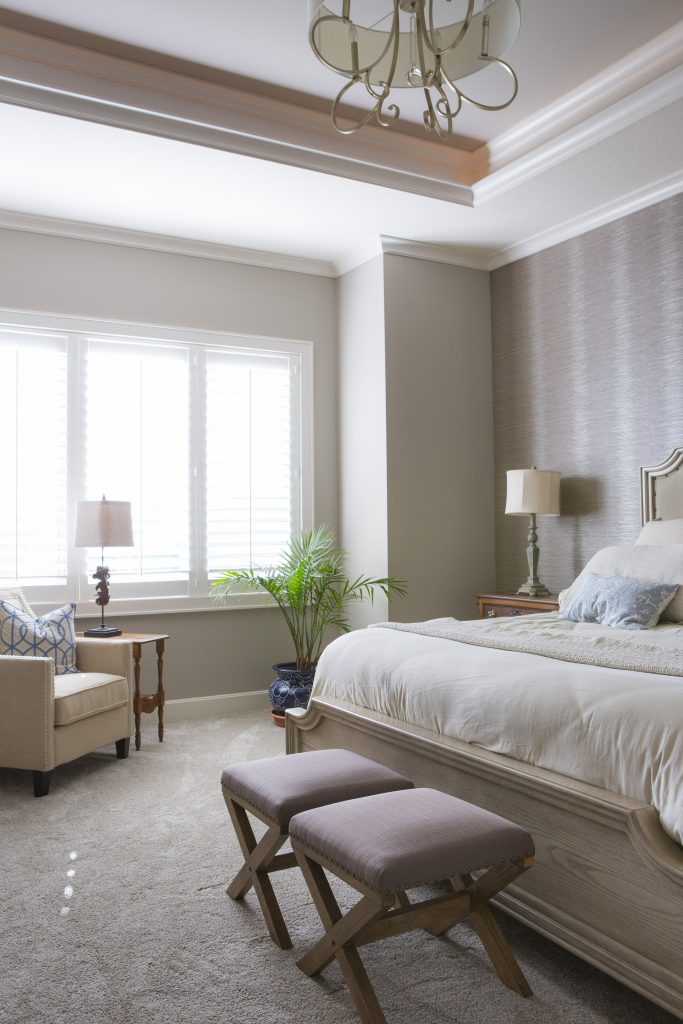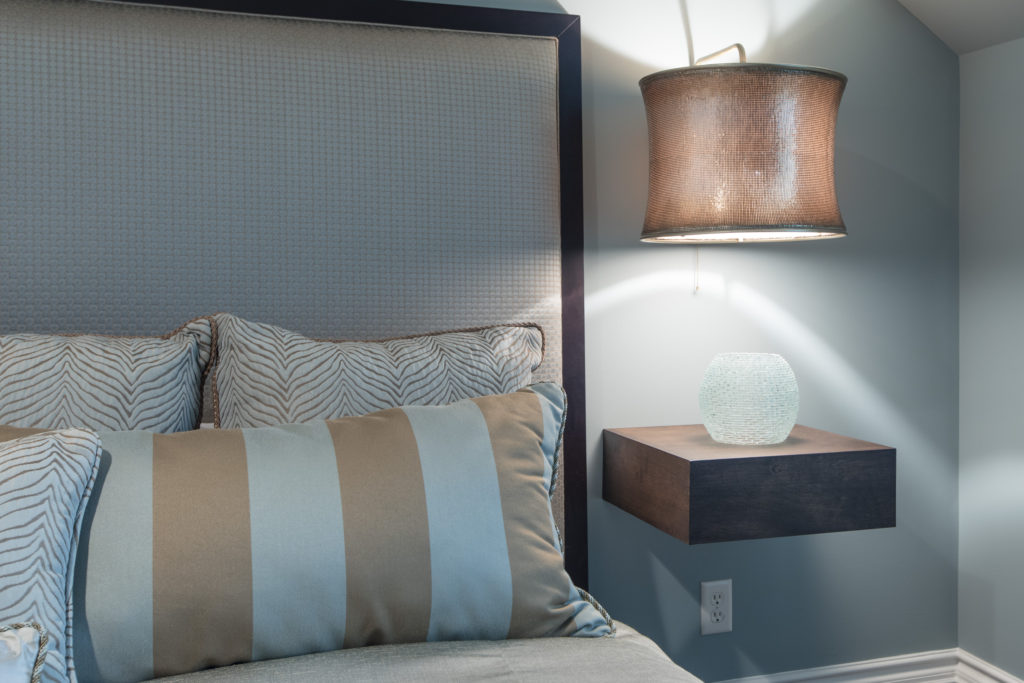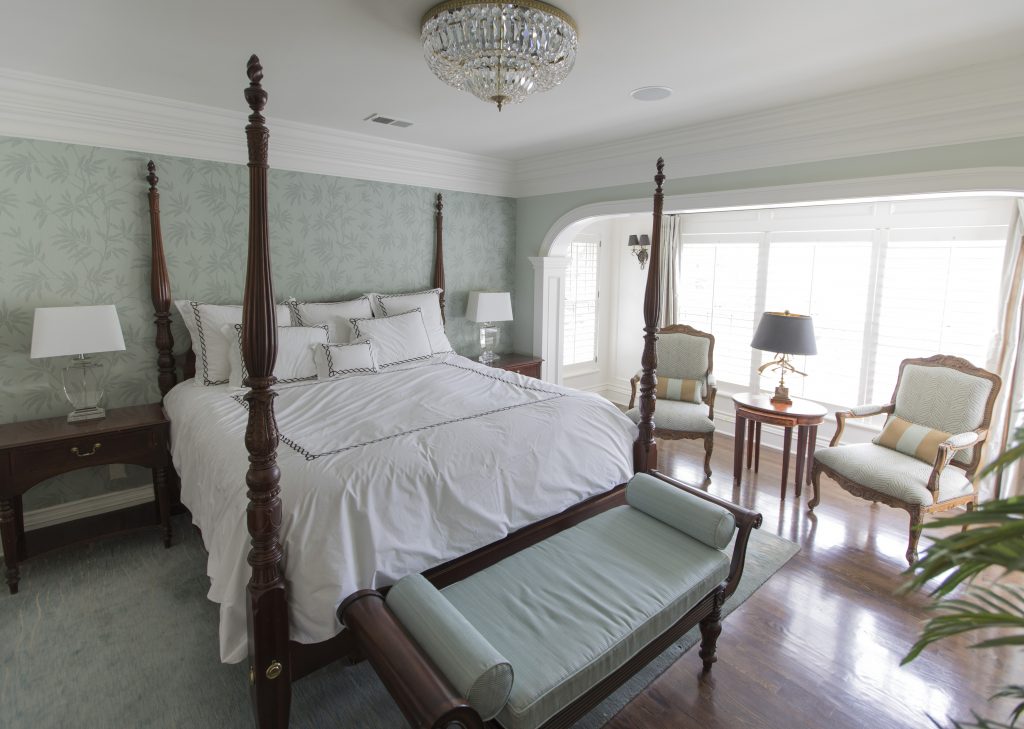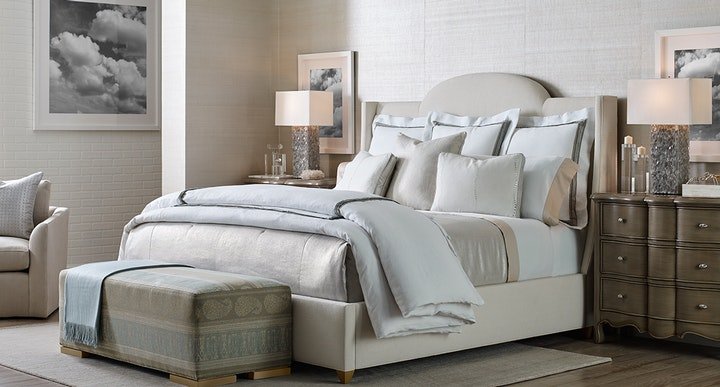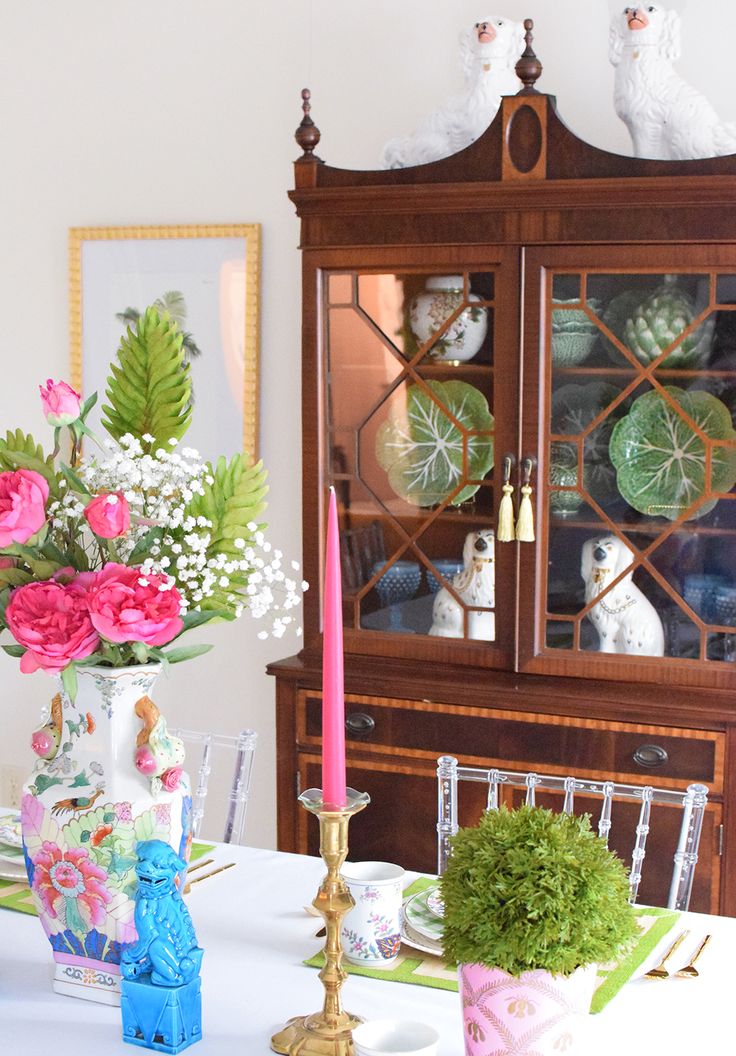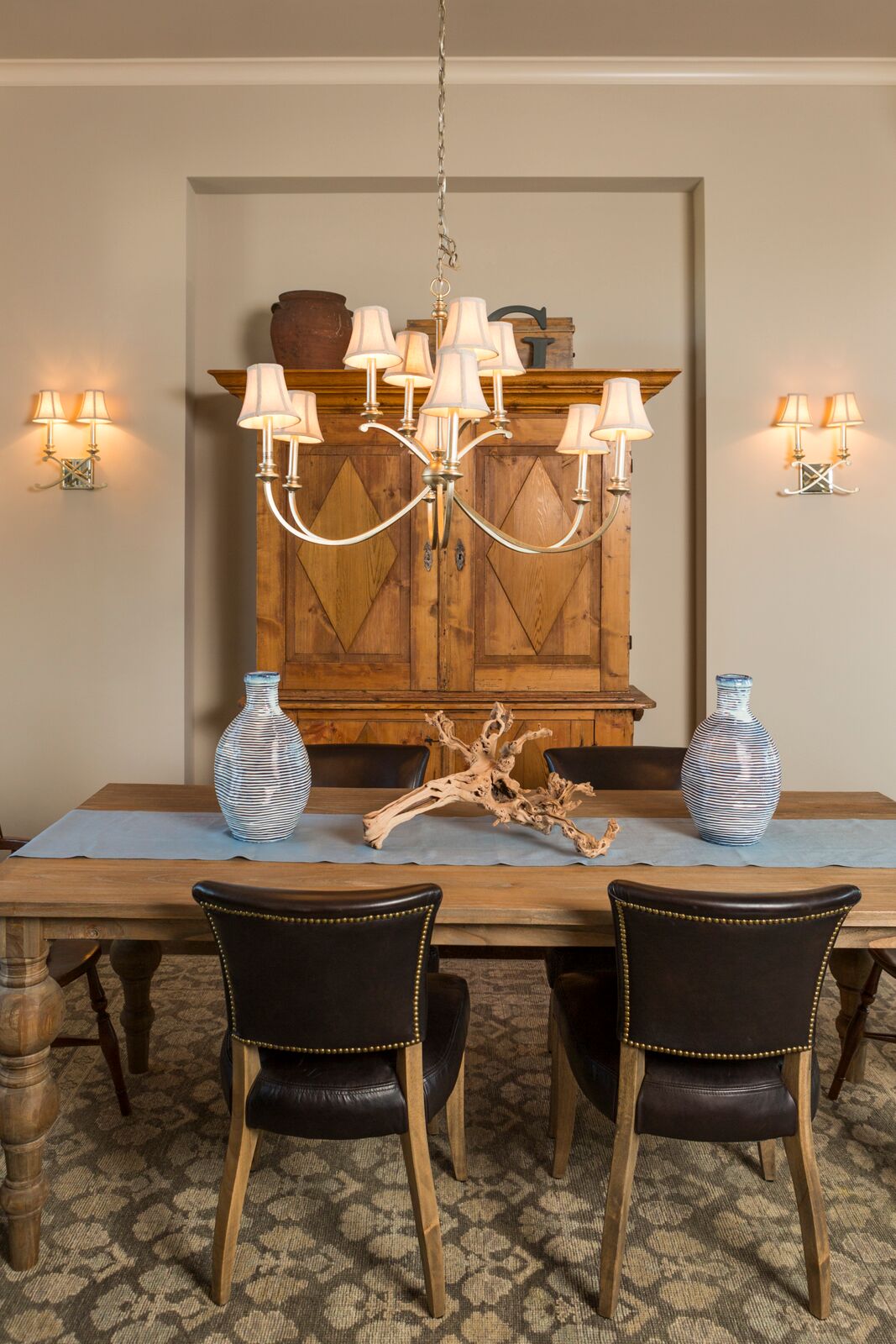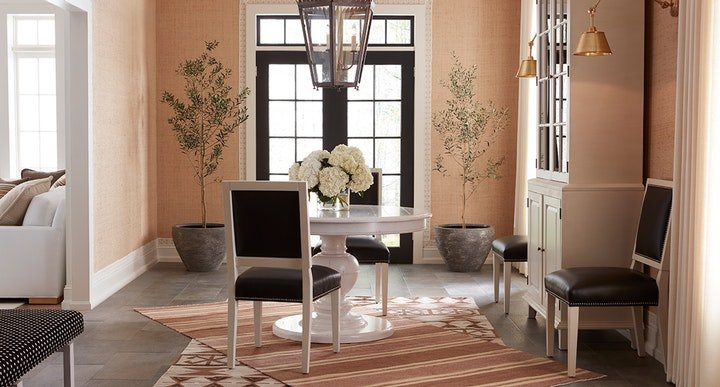 Interior Design/Interior Decorating
Interior Design/Interior Decorating
5 Steps for Creating Fall Decorations Using Found Items…
How to Use Fall Foliage, Pinecones, and More to Decorate
Since I’ve been too busy with interior design projects the past few years to have time to share my design tips on local television every week or two, I wanted to share some fun ideas today for creating fabulous fall decorations.
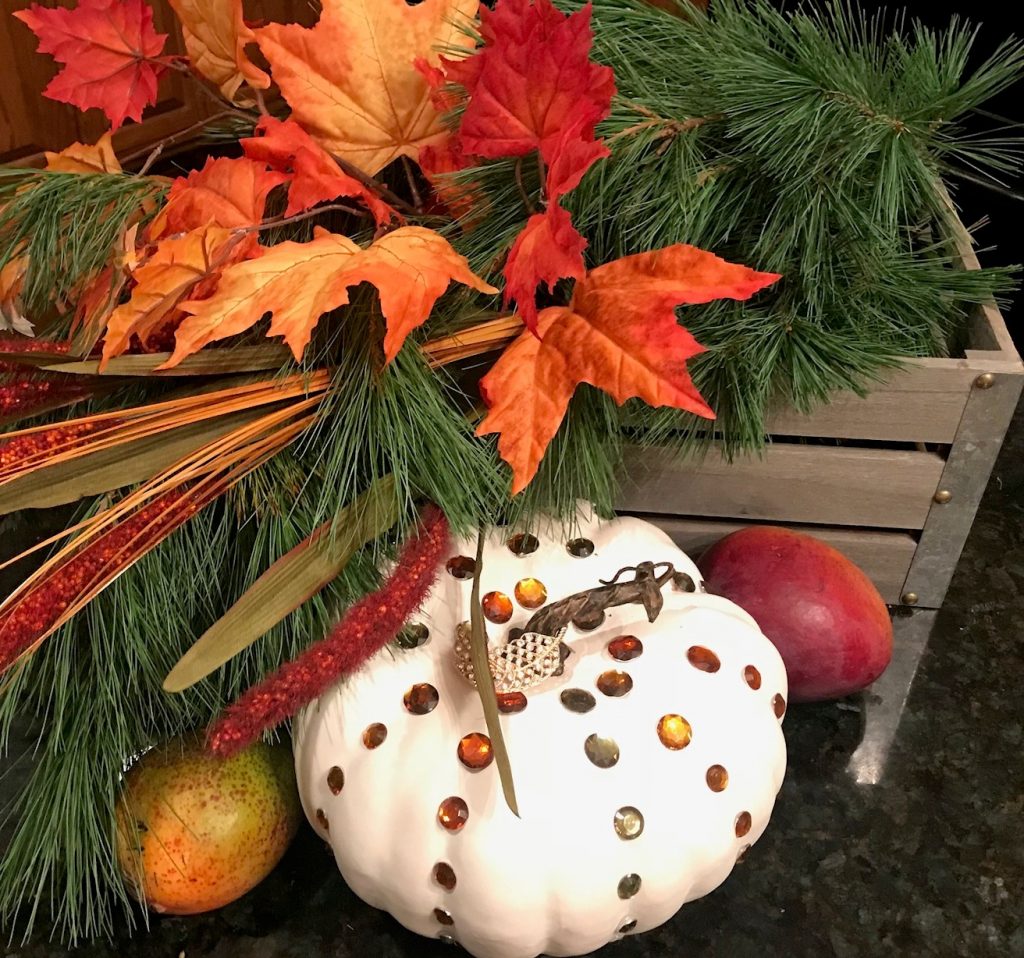
- Determine your color scheme. In this example I chose typical fall colors including green, orange, and red with brown and white as neutrals. For the pine branches, I normally trim from my own pine trees so I can also have the wonderful smell of pine inside.
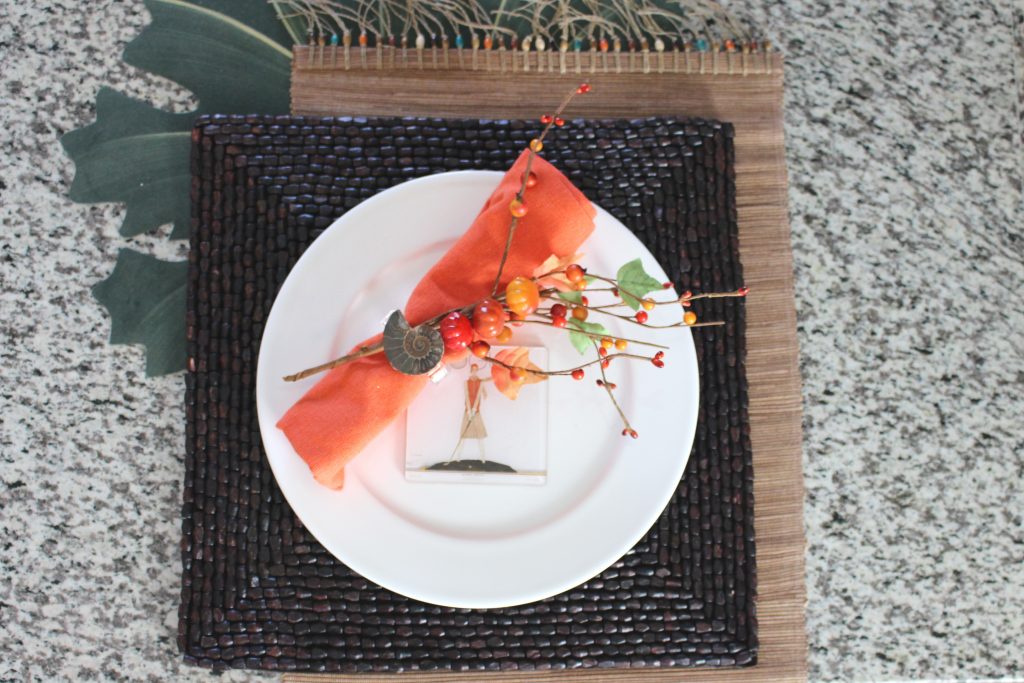
2. Gather natural items from your backyard, woods, or home. If you don’t have enough real items available to do all your fall decorating like me, then consider adding realistic looking decor or other items that reflect your personal style. In this table setting, I incorporated a couple of my favorite themes with found items at home including a real shell napkin ring and a fashion forward coaster. I also layered in three placemats I had at home to create an interesting base for the table setting. Then I tucked in berries to add texture and another pop of color to the existing orange napkin and white plate in my table setting collection.
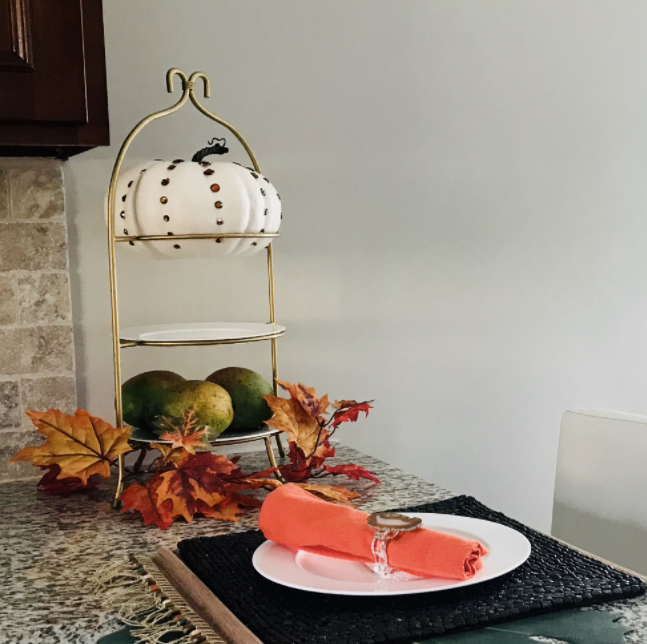
3. Began with taller items first at back of your fall decoration. Or center taller items if your decoration will be viewed from multiple angles. In this kitchen, I began with the tallest item at the back, the tiered plate and then added additional items to enhance it. But you could also layer in additional items that are mid-height to create a fuller look.

4. Fill out your decoration with foliage or other decor. In this tray I began with a bottom layer of petrified wood I found outside, and then layered in pinecones. But you could also introduce pine leaves.
5. Add final touches with pops of color. In this tray I introduced fall leaves and berries.
Need Decorating Advice?
Drop your questions below and we’ll answer them in an upcoming issue of our newsletter.
Subscribe now so you don’t miss it.
